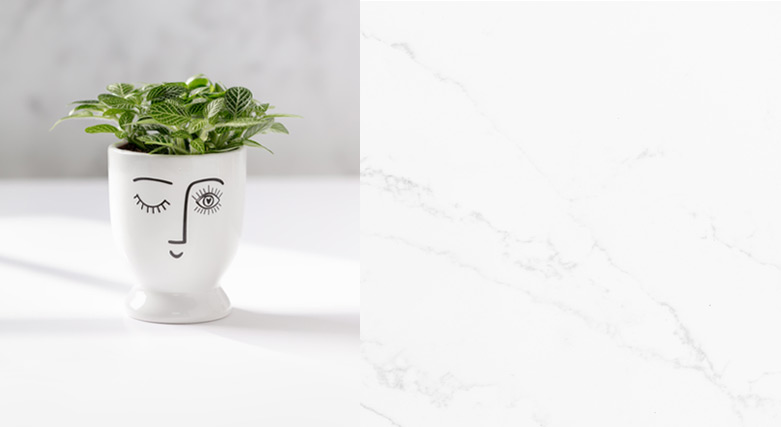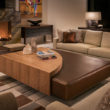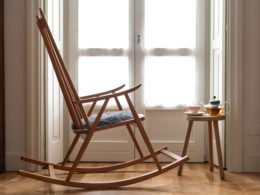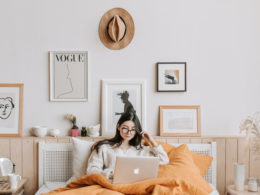One of the ways to market your talents as an interior designer is to participate in an interior design showhouse. But unlike other traditional marketing methods, the showhouse is more complex than it looks. This article is a breakdown of what an interior design showhouse is, the benefits of participating in a showhouse, and how to participate. Read on to find out everything you need to know about interior design showhouses.
What is an Interior Design Showhouse?
An interior design showhouse refers to a house that is set aside exclusively for designers to exhibit their design aesthetics for public viewing. The proceeds of the showhouse usually go to charity organizations. In other words, a showhouse is an interior designer’s best option to showcase their abilities without clients or their budget limitations. They are a great way to put yourself in the limelight and to get great publicity.
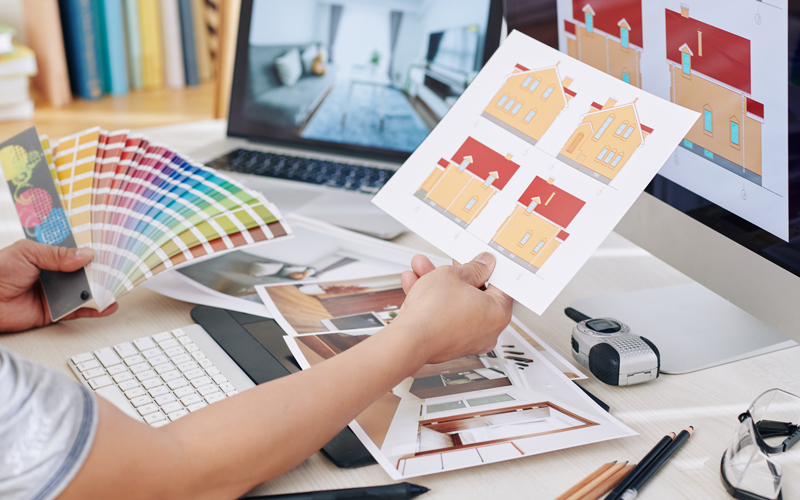
To do a showhouse right, you’ll need to have clear objectives and a plan that reflects them. On the one hand, you do not want to be too subtle in your design that your space is overlooked, whereas on the other hand, you don’t want to scare away your potential clients with designs that are too “outrageous” or “weird”.
Types of Showhouses
There are several types of showhouses. The first one is where a homeowner is involved but wants to sell the home. In these cases, the homeowners let the house be transformed into a showhouse so that potential buyers (and the rest of us) can come and have a bold experience of the space.
The second type is where the homeowner is involved and wants their space designed to live in. In this case, the homeowner has a say about the design concept, and a budget is allotted to each room. If the homeowner does not like the concept/pieces the designer chooses, then the budget for that has to come out of the designer’s pocket.
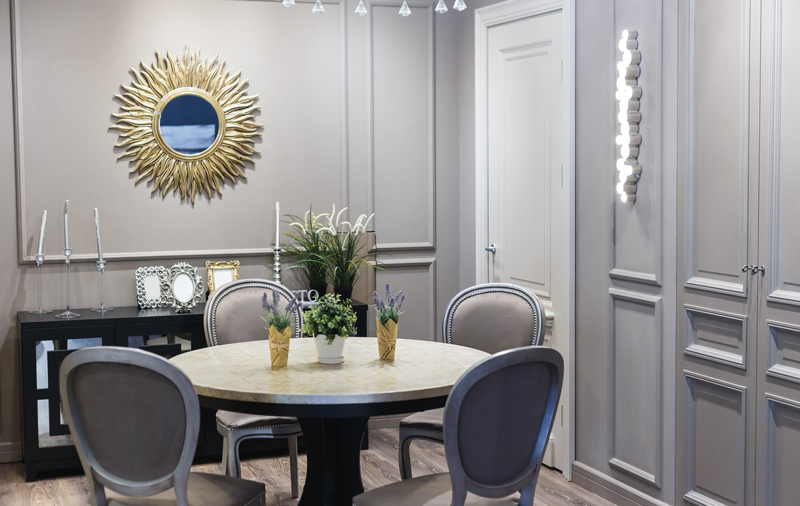
The third type of showhouse is where a nonprofit organization is involved in raising money for charity. In this case, the budget is entirely on the designer. Designers will often attain sponsorship or discounts from vendors whose products can then be advertised in the showhouse.
Benefits of Participating in an Interior Design Showhouse
While it is a lot of work and can be expensive, there are some very real benefits to participating in showhouses.
Visibility: Being present at the space during the showhouse event gives your business and your company extreme visibility. People who visit the showhouse are likely to remember your name and your designs and may even discuss them in their circles.

Validation: Being selected to do a showhouse is no small deal. The very fact that you’re presenting your designs at the showhouse is itself a validation of your talents as a designer. This means that your design talents were chosen over other applicants and that proves that you have something special and unique.
Publicity: You are sure to get publicity by participating in a showhouse. The media is invited for a preview before the showhouse opens. And, if your designs are unique and become the talk of the town, you have high chances of getting published in regional and national magazines too.

Creative Freedom: One of the problems with being an interior designer for clients is that you are often limited in your scope of creativity. But in a showhouse, you can let your creative juices flow and create the most fantastic designs, and be appreciated for it.
Networking: A showhouse gives you ample opportunity to connect with other designers, vendors, contractors, the media, Realtors, and many other professionals that can refer you and/or work with you. With talented designers designing adjacent rooms with their own contractors and tradespeople, it is a great chance to learn about processes and make some great contacts.
The Showhouse Process
Each showhouse has its own process of selecting interior designers and conducting the show. But generally, the process is as follows:
- An announcement for showhouses is made and applications are invited.
- Applications are shortlisted according to portfolio and experience.
- Shortlisted applicants are informed of their selection and are invited for a walkthrough of the showhouse.
- Each applicant is allowed to select two or three spaces in the house that they wish to decorate.
- Applicants must submit two or three design concepts for each space.
- Design concepts are studied by a committee and the best concepts are selected.
- Each candidate is allotted one (or more) specific room(s). Note that sometimes designers are allotted spaces that they did not choose.
- The committee may provide inputs and design suggestions to ensure a smooth flow from room to room.
- Candidates get 6 to 8 weeks to design the room that they are allotted.
- A preview show is conducted where the media is invited for promotion and publicity.
- The showhouse is open for ticketed public viewing.
How to Apply for Showhouses
It is important to mark showhouses on your calendar. You have to keep track of each showhouse and plan the application for it months in advance. Many showhouses start picking designers six months ahead of the show, so make sure that your portfolio is ready to share well in advance.

In many cases, popular designers are invited to design larger rooms or prominent spaces for crowd-pulling purposes and to attract media attention. But all others will have to go through the application process. Electronic portfolios are preferred to hard copies. Reviewers will look you up on the internet and get an idea about your work and read your reviews (yikes, the feedback of that crazy client comes back to haunt you). Make sure that your submissions are short and precise. Include beautiful high-quality photographs as well as press clips of your work if you have any. This builds credibility about your design talents.
Your submission is not the end of your application process. It is important to keep the engagement going before/after submission. Do some research about the showhouse you’re intending to apply to, read about past designers, editors, committee members, magazines that published reports about it, basically, read every piece of information about it out there. Try and follow the organizers on social media, attend an event they are participating in, and introduce yourself. Try and make your name a familiar one, so that when and if they come across your application, it immediately strikes a chord.
Pearls of Showhouse Wisdom
It is always exciting to get picked to do a showhouse for the first time. However, there are some things that you must think about before diving in. Here are some pointers from seasoned showhouse veterans.
Become an Artist
A typical showhouse can have around 20,000 visitors and dozens of media outlets. Grab the limelight by creating unique, dramatic, Instagram-worthy moments. Gathering tens of thousands of Instagram impressions can change the face of your career. So make sure you take the risks, no matter what your aesthetic is. This is your chance to be an artist.

Budget Smartly
Keep an eye on your budget before approaching a showhouse design. While there might be sponsors and donations, there will still be a lot of money spent on participation fees, shipping, insurances, installation charges, carpenter, plumber, and electrician charges, printing and signage charges, hiring assistants, and most importantly, your own time, as the money you would have made working on other projects. You should also set aside some extra amount for unexpected expenses as there can be countless changes until the last minute. The key here is to budget showhouses as a major marketing expense. If you think of the time, money, and effort spent on showhouses as an investment for your business, it can be budgeted accordingly.
Give Your Ego a Holiday
Do not let your ego come in the way of your talents if you’re assigned a space that was not your first choice, or wasn’t on the list of your choices at all. Take what you’re given and transform it in the most fantastic way possible, however whimsical it may seem. Do not be disheartened if you are given a smaller room. Often newbies’ room preferences aren’t considered until after the established ones have chosen theirs. But do not worry. Keep in mind that small rooms have the potential to make a huge impact. And, they can be much cheaper to design! Try to make the room radically different from the year before. Go for bold, go for memorable, just like Sasha Bikoff’s design of a staircase in the 2018 Kips Bay showhouse:
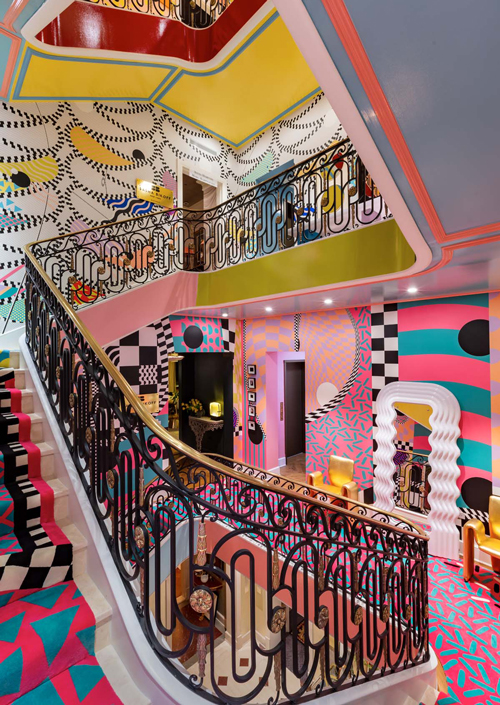
Go Big With Publicity
The showhouse opportunity opens up the possibility of a lot of PR. Be present at the venue as much as you can, and be the face of your own brand. Explain your process to your visitors and make them see that although the space you designed is just a slice of your design skill, you are fully capable of handling entire home designs efficiently. Make sure you are present and vocal. The showhouse can also bring you publicity after the event. You can use the pictures from the showhouse as promotional material all year.
Just make sure that you have a strong website to receive the extra hit of traffic and a strong social presence so that you can hype your involvement in the event from the beginning to the end of the process and for years to come.
If you have a vendor who has donated their items for your showhouse, you’ll need to be around to speak for them as well, since the items used will not have any brand name displayed. You have spent your time educating the vendors about how it is beneficial for them to donate pieces to your design concept, now is the time to honor your end of the bargain and give them some publicity. Make sure to thank them in social posts too.
Reconsider Co-designing

While co-designing a space might seem to be an easier path, it might also prove to be a major stress point, if you and your co-designer are not on the same page about the process. Egos come in the way, responsibilities may be miscommunicated, and relationships do get ruined in this circumstance. Therefore, if you’re considering a co-designed space, be very, very careful about who you pick as your co-designer. You want that person to have the same vision for the space as you and must ensure that communication of ideas and responsibilities is absolutely clear at all times.
Things Get Stolen!
It is important to use the very best of everything you can find, to make sure the quality of your designs shine from within. But there is a downside to this. Many designers have sob stories about how some of their most valuable items got stolen from showhouses. This is indeed true. There are docents who attempt to keep an eye on visitors, but some clever ‘lifters’ devise means to come as a group, and while one distracts the docents, the other goes for the kill. Therefore, if you’re using items in your design that are small enough to fit into a bag, then make sure you screw them / glue them / pin them in place so that they cannot be dislodged easily. Museum glue is a good option to keep small items in place. It is also wise to have a rider on your insurance policy to cover theft for the duration of the showhouse period.
Photography
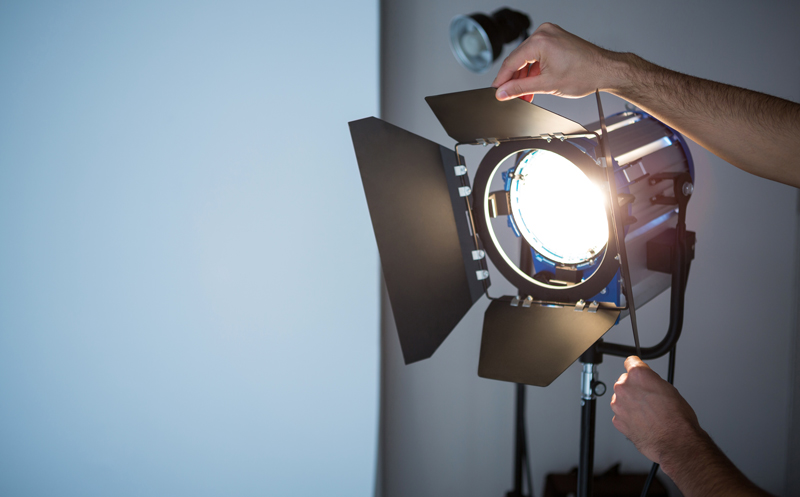
You have worked hard to create a space that is purely you. So you want to make sure that you get great photographs of the space to add to your portfolio, website, marketing materials, and possibly even for publications. Invest in a good photographer for the showhouse. Keep in mind that some showhouses do not permit photography. Ensure you have permission before photographing. In fact, make sure you know the exact terms for photography before even taking the time to apply to a showhouse if it is an important part of your strategy.
Best Interior Design Showhouses
Some of the most popular showhouses in the United States are:
- Aspire House Designer Showhouse
- Atlanta Home for the Holidays
- Atlanta Symphony Orchestra Designer Showhouse
- Brooklyn House Designer Showhouse
- Charleston Symphony Designer Showhouse
- Hampton Designer Showhouse
- Holiday House Hamptons
- Holiday House New York
- Interior Design Society, Charlotte
- Jewels on the Bay Sarasota Designer Showhouse
- Kips Bay Decorator Showhouse
- Lake Forest Showhouse
- McLean Designer Showhouse
- Milieu Designer Showhouse
- Minneapolis ASID Showcase Home
- Pasadena Showcase House
- San Francisco Decorator Showhouse
- Southeastern Designer Showhouse and Gardens
- St. Margaret’s Hospital Guild Decorators’ Show House and Gardens
- Symphony Designers’ Showhouse
- The Junior League of Detroit Designers’ Showhouse
- Tulsa Designer Showcase
- Wisconsin Breast Cancer Showhouse
Conclusion
If you are considering doing a showhouse, you need to ask yourself what you want to get out of the participation. Based on that, you need to choose a showhouse that is most suitable for you in terms of scale, distance, and maybe the charity it is associated with while keeping a close eye on the budget you can allot to it.
Keep in mind that each showhouse is a learning experience. Even if you overspend the first time, know that sometimes, the return on your investment is not immediate, but will come over time, maybe even in a couple of years. The biggest takeaway for most designers who have participated in showhouses is that the payoffs keep coming, years after the showhouse is done and dusted.
What was your experience with visiting and participating in an interior design showhouse? Do you have any suggestions to master the art of participating successfully in showhouses? Let us know in the comments below.

